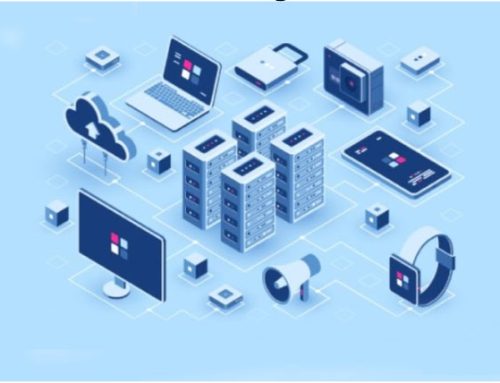
Infrastructure Monitoring: 3 Key Benefits of Leveraging Automation
The need for more comprehensive, effective and efficient infrastructure monitoring solutions has been exacerbated by the pandemic and its impact on people’s approach to technology. For instance, remote work has highlighted gaps in enterprise readiness for distributed business functions and tasks.
This has led to increased investment in infrastructure monitoring to bolster system resilience to increased traffic and access. Indeed, the global infrastructure monitoring market size was estimated at USD 2.5 billion in 2021 and is expected to reach USD 2.9 billion in 2022, with further projected growth to reach USD 6.4 billion by 2027.
This proliferation has seen the adoption of automated infrastructure monitoring, offering CIOs and IT heads optimized system security and increased visibility into their digital assets for business growth.
Why automated infrastructure monitoring?
The burgeoning dynamic applications and digital tools generate and collect large data amounts, requiring IT departments to ensure that the system can cope with the increased activity. However, the prevailing manual monitoring and maintenance methods are inefficient, slow and at risk of human error.
On the other hand, automated infrastructure maintenance and monitoring streamline IT operations through speed and agility, allowing teams to efficiently and smoothly adapt to the dynamic digital space and business market.
Furthermore, automated infrastructure monitoring leverages AI-centric analytical tools to execute repetitive routine tasks. Consequently, IT teams can continuously focus on more cognitively demanding responsibilities to support decision-making with actionable data-driven insights.
As such, savvy businesses have infused automation into processes like orchestration, resource provisioning and configuration management. Additional business value lies in automating IT migration, security and compliance, as well as application deployment.
Benefits of automated infrastructure monitoring and maintenance
Leveraging automation to optimize infrastructure performance and robustness provides several plus points, allowing businesses to make more informed and positively impactful decisions.
Embracing automated infrastructure maintenance and monitoring provides the following benefits:
- Human error elimination: Network scans, patching and root cause analysis are repetitive and tedious infrastructure monitoring aspects IT teams routinely encounter. And with an increased workload, individuals might err when executing these tasks, triggering a cascade of events that undermine system integrity.
However, well-documented and self-contained tasks can be easily automated, allowing CIOs and IT heads to deploy their teams to core infrastructure system development.
- More robust system security: The growth of the infrastructure monitoring space has birthed several third-party entities offering various bespoke IT solutions. Unfortunately, some of these digital tools are incompatible with an enterprise’s existing system, posing security risks.
However, forward-looking companies can fortify systems through third-party provider policy configuration and automatic patching. Furthermore, automation enhances security through continuous network component surveillance and management.
In addition, the automated infrastructure monitoring highlights dysfunctional components, enabling timely preventive intervention.
- Enhanced scalability: Modern IT management values a system’s scalability, ensuring that the company’s digital arm augments business growth. Automation is critical in ensuring that an enterprise’s digital infrastructure keeps pace with its growth.
For instance, automated remote infrastructure monitoring allows companies to assess their systems from anywhere. Fueled by decisive edge and cloud computing capabilities, this form of monitoring provides real-time visibility into the growing widely-distributed group of network components.
And due to the power of automation, such system monitoring puts IT departments in an ideal position to easily take on future cloud migration endeavors, making the business more competitive in the market.
In the post-pandemic digital-first business environment, CIOs and IT heads must embrace enterprise automation solutions to facilitate growth. This is evidenced by the mushrooming global hyper-automation efforts set to hit the USD 600 billion mark in 2022.
Has your organization embraced automation in infrastructure monitoring?
Let the experts at ASB Resources walk you every step of the way to automate your company’s infrastructure monitoring and maintenance efforts. Schedule a call with one of our experts today.








